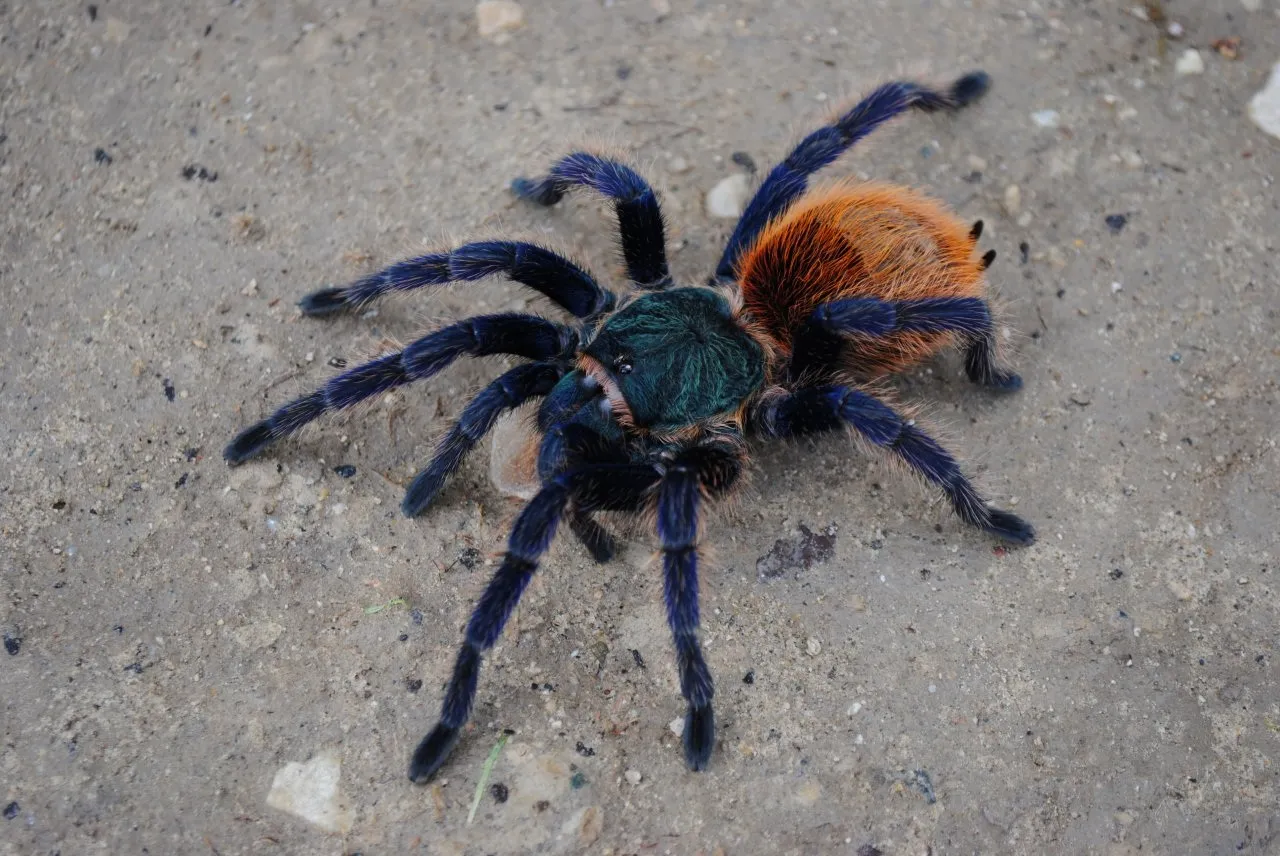What is the Gooty Tarantula?
The Gooty Tarantula (Poecilotheria metallica), also known as the Gooty sapphire ornamental, is a striking arboreal tarantula species native to a small, isolated region of Andhra Pradesh, India. Distinguished by its vibrant metallic blue and yellow coloration, this spider is highly sought after by collectors and is considered one of the most visually stunning tarantulas in the world. Their impressive appearance, however, belies the serious threats they face in their natural habitat. The Gooty Tarantula’s beauty has unfortunately contributed to its endangerment, as the demand for them in the pet trade and the destruction of their habitat have pushed this species to the brink of extinction. Understanding the plight of the Gooty Tarantula requires examining the various factors that threaten its survival, including habitat loss, illegal trade, and climate change.
Habitat and Distribution of the Gooty Tarantula
The Gooty Tarantula’s natural habitat is extremely limited, primarily restricted to a small area in the Nandyal district of Andhra Pradesh, India. They are arboreal, meaning they live in trees, specifically inhabiting mature, high-canopy trees in dry deciduous forests. These spiders build their webs and burrows within the hollows and crevices of these trees, where they find shelter from the elements and ambush their prey. The specific microclimate within these forests, characterized by a balance of temperature and humidity, is crucial for their survival. The limited geographic distribution makes this species particularly vulnerable to localized threats, as any disturbance to its habitat can have a devastating impact on its population. Furthermore, their restricted range leaves them with no other place to go in case of habitat loss.
Threat 1 Habitat Loss and Fragmentation
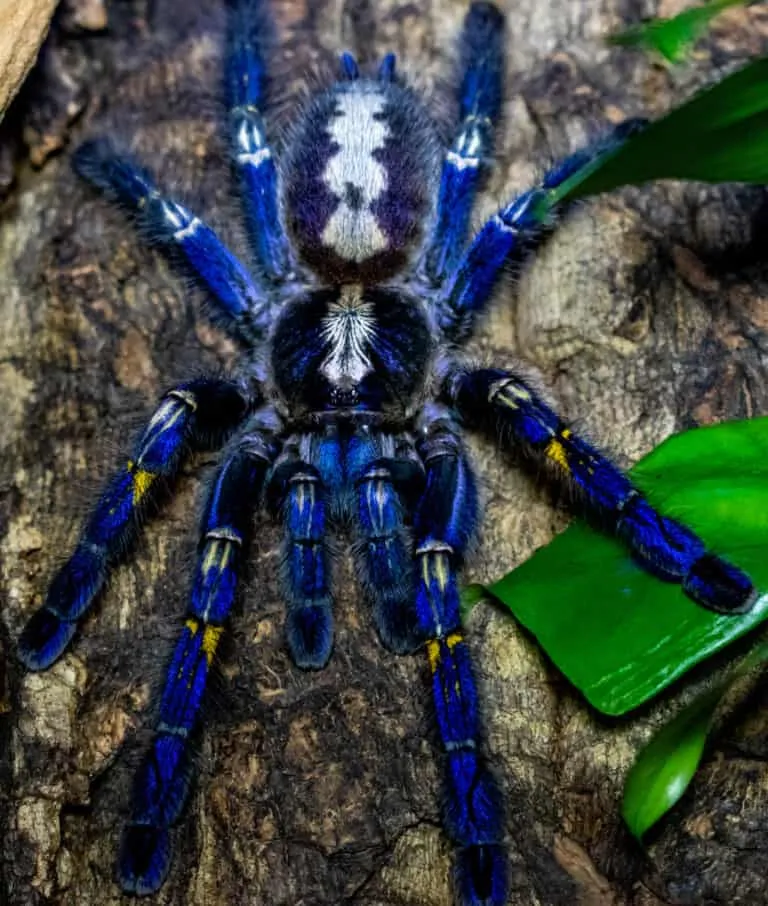
One of the most significant threats to the Gooty Tarantula is habitat loss and fragmentation. The expansion of agriculture, particularly the conversion of forest land for farming, has led to the destruction of their natural habitat. Deforestation for timber and the construction of infrastructure, such as roads and settlements, have further reduced the available habitat. Habitat fragmentation isolates populations, making it difficult for individuals to find mates and reproduce, which decreases genetic diversity and increases the risk of local extinction. The shrinking and breaking up of their forest homes force tarantulas to compete for limited resources, increasing stress and mortality rates within these isolated populations. Without a healthy and connected habitat, the Gooty Tarantula cannot thrive, and their numbers continue to dwindle.
Consequences of Habitat Destruction
The consequences of habitat destruction are far-reaching. Reduced habitat leads to smaller, more vulnerable populations, increasing their susceptibility to disease and environmental changes. Habitat loss also disrupts the delicate balance of the ecosystem, potentially affecting the prey base of the tarantulas and other species they depend on. Moreover, the loss of mature trees, which provide shelter and nesting sites, directly impacts the spiders’ ability to survive. The combination of these factors creates a perfect storm, driving the Gooty Tarantula closer to extinction. Without the preservation and restoration of their natural environment, this iconic species faces a grim future.
Threat 2 Illegal Wildlife Trade
The illegal wildlife trade poses a severe threat to the Gooty Tarantula. Their vibrant colors and unique appearance make them highly desirable in the exotic pet market, leading to unsustainable collection from the wild. Poachers often target their nests, removing entire populations to sell them to collectors and dealers. The extraction of Gooty Tarantulas for the pet trade not only depletes wild populations but also disrupts the local ecosystem. Tarantulas play a role in controlling insect populations and serve as a food source for other animals. The demand for these spiders in the pet trade fuels illegal activities, making it difficult to protect their natural habitat and ensuring their survival in the wild.
The Demand for Tarantulas as Pets
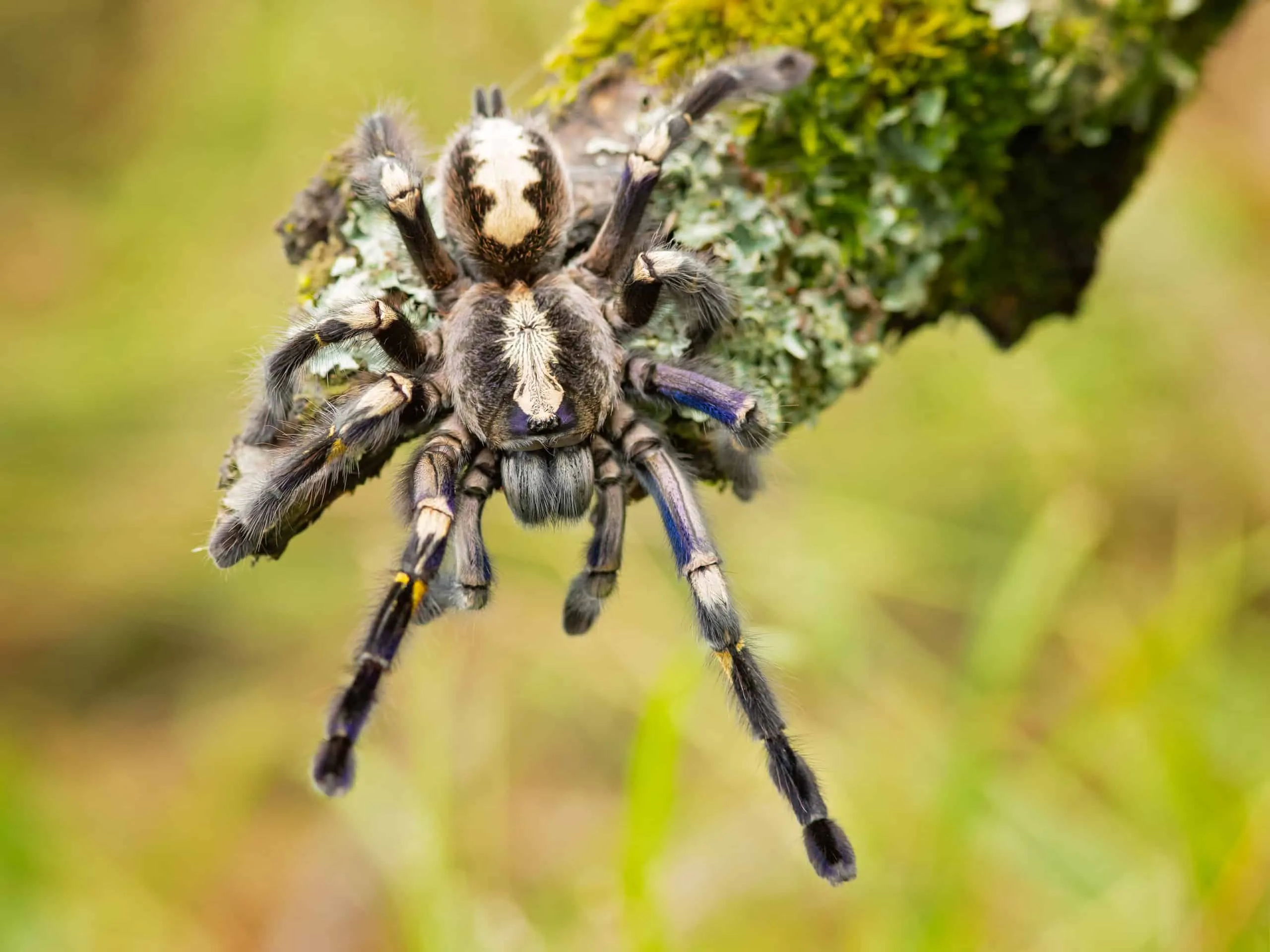
The allure of owning a Gooty Tarantula as a pet has significantly contributed to its endangerment. The exotic nature and striking appearance of the spider attract enthusiasts who are willing to pay high prices. This demand drives poachers to exploit the species, capturing them from their natural habitats to meet market needs. The illegal trade networks are complex and difficult to monitor, making it challenging for conservation efforts to keep up. The problem is compounded by the fact that many buyers are unaware of the tarantulas’ endangered status or the negative impact of their purchase. Ultimately, the consumer demand for these exotic pets fuels a destructive cycle.
Threat 3 Climate Change and Environmental Shifts
Climate change and environmental shifts also pose a substantial risk to the Gooty Tarantula. Changes in temperature and rainfall patterns can disrupt the delicate balance of their habitat, affecting their survival. Increased temperatures can lead to dehydration and stress, while altered rainfall can impact the availability of food and suitable nesting sites. Extreme weather events, such as prolonged droughts or intense storms, can further devastate their populations. The increasing frequency of these extreme events threatens their survival in a changing world. These changing conditions put additional stress on an already vulnerable species.
Impact of Changing Weather Patterns
The changing weather patterns associated with climate change directly affect the Gooty Tarantula’s habitat. Prolonged periods of drought can dry out the forest and reduce the availability of prey. More intense rainfall can flood burrows and nests, causing death or displacement. Changes in humidity can also affect the spiders’ ability to thrive, as they require a specific level of moisture to survive. As the climate continues to change, these weather pattern disruptions are expected to become more frequent and severe, putting even greater pressure on the Gooty Tarantula and its ability to survive in its natural environment. The long-term effects of climate change will require careful monitoring and comprehensive conservation efforts to mitigate its impacts.
Threat 4 Pesticide Use and Agricultural Practices
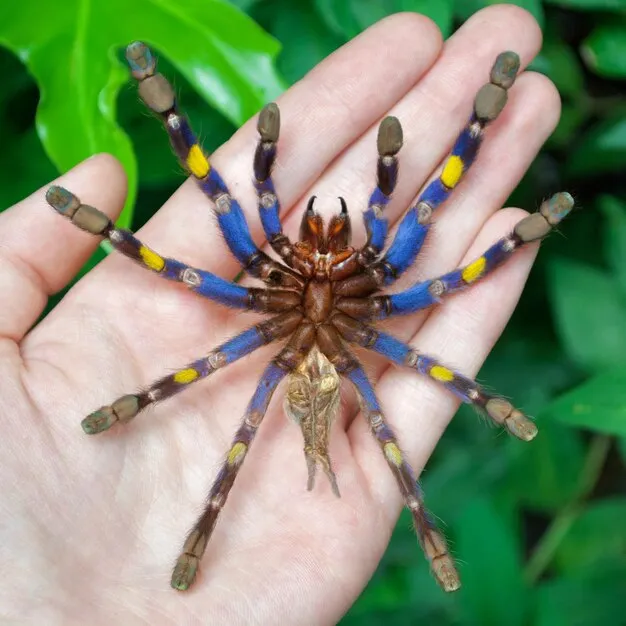
The use of pesticides in agriculture poses another significant threat to the Gooty Tarantula. Pesticides are used to control pests that can harm crops, but they can also have detrimental effects on non-target species, including the tarantula. When tarantulas come into contact with pesticides, they can suffer from direct poisoning, leading to death. The toxins can also indirectly affect them by reducing their food supply. The insects that serve as their prey are also vulnerable to pesticides, reducing the food available to tarantulas. The widespread use of pesticides in and around agricultural areas can therefore have a devastating impact on tarantula populations.
Effects of Pesticides on Tarantulas
The effects of pesticides on tarantulas are multifaceted and deadly. Exposure to these chemicals can cause neurological damage, disrupting their ability to hunt, reproduce, and survive. Additionally, pesticides can weaken the tarantulas’ immune systems, making them more susceptible to diseases. The decline in insect populations due to pesticide use also reduces the amount of available food for tarantulas, further contributing to their decline. Addressing this issue requires sustainable agricultural practices that minimize pesticide use and promote the health of the ecosystem. Without these changes, the Gooty Tarantula will continue to face challenges to its survival.
Threat 5 Limited Conservation Efforts
Despite the critical endangerment of the Gooty Tarantula, conservation efforts remain limited. Insufficient resources, lack of awareness, and political challenges have hindered effective protection strategies. The lack of dedicated funding for research, habitat preservation, and anti-poaching patrols has made it difficult to implement comprehensive conservation programs. Raising public awareness about the species’ plight and promoting sustainable practices are crucial steps in ensuring its survival. Collaborative efforts between local communities, conservation organizations, and government agencies are vital to securing its future.
Current Conservation Strategies and Challenges
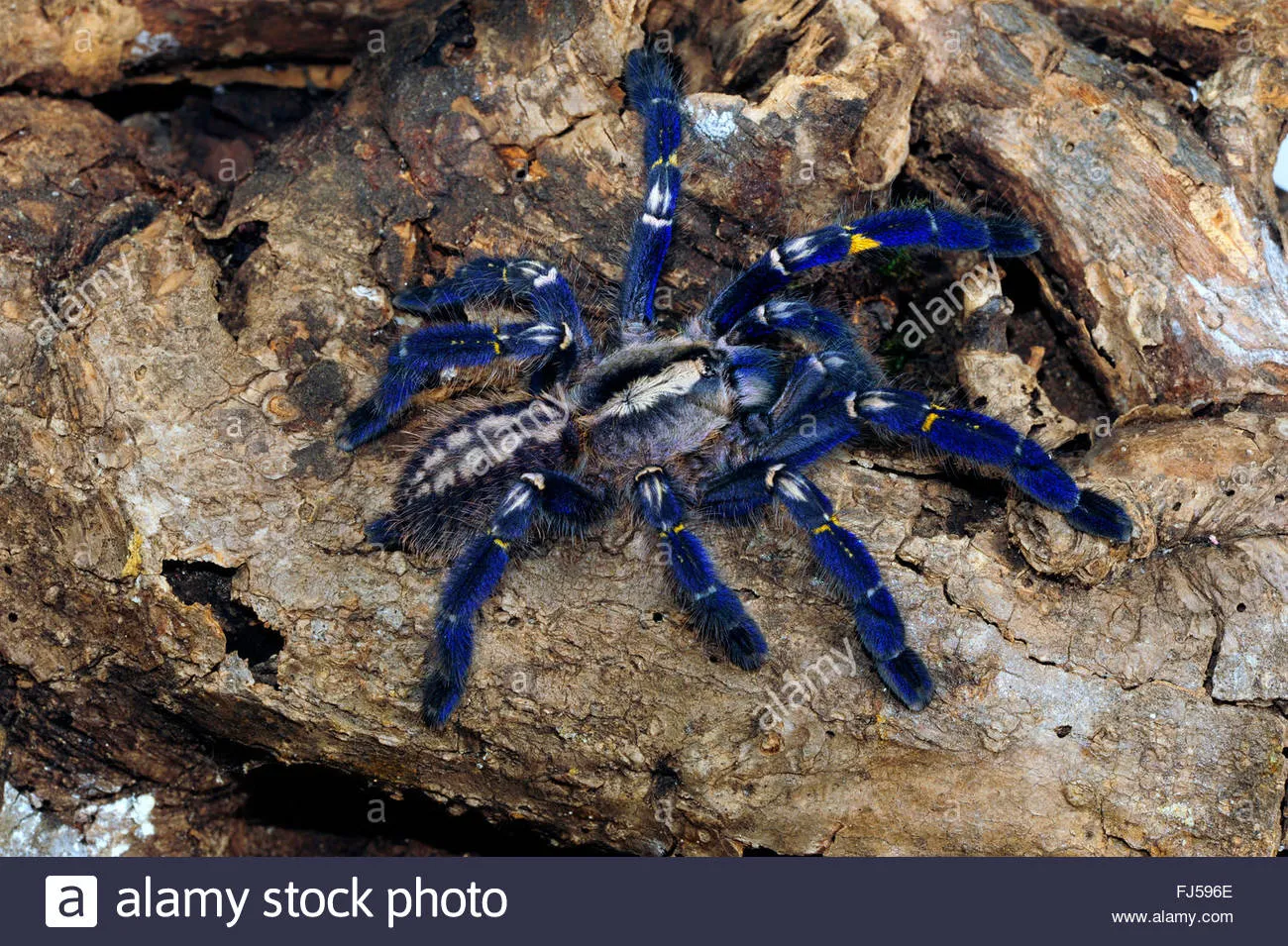
Current conservation efforts for the Gooty Tarantula face several challenges. These challenges include limited funding, inadequate enforcement of protection laws, and a lack of engagement from local communities. Some ongoing strategies include habitat protection and reforestation initiatives. Anti-poaching patrols and community-based conservation programs are critical. However, the effectiveness of these efforts depends on sustained commitment, increased funding, and active collaboration. Furthermore, there is a need for greater public awareness to change attitudes and behaviors. Overcoming these challenges and implementing effective strategies is essential to protect the Gooty Tarantula from extinction. The combined effort by different organizations and society is important to conserve the species.
